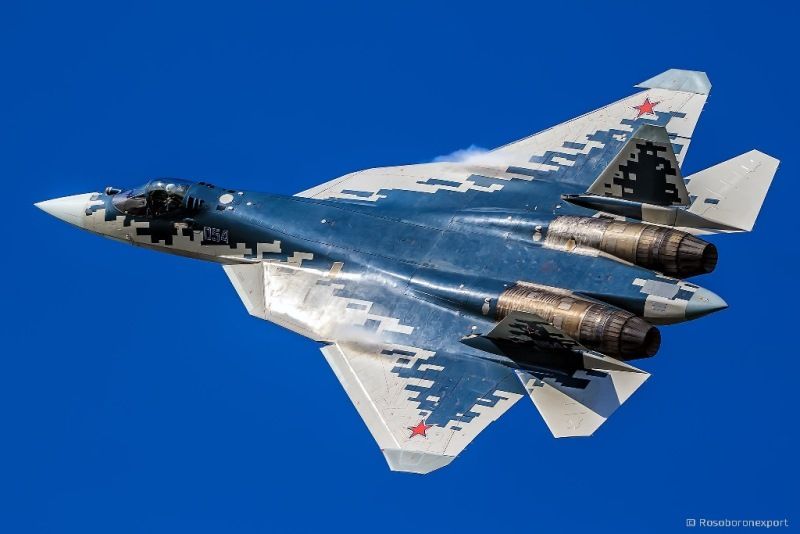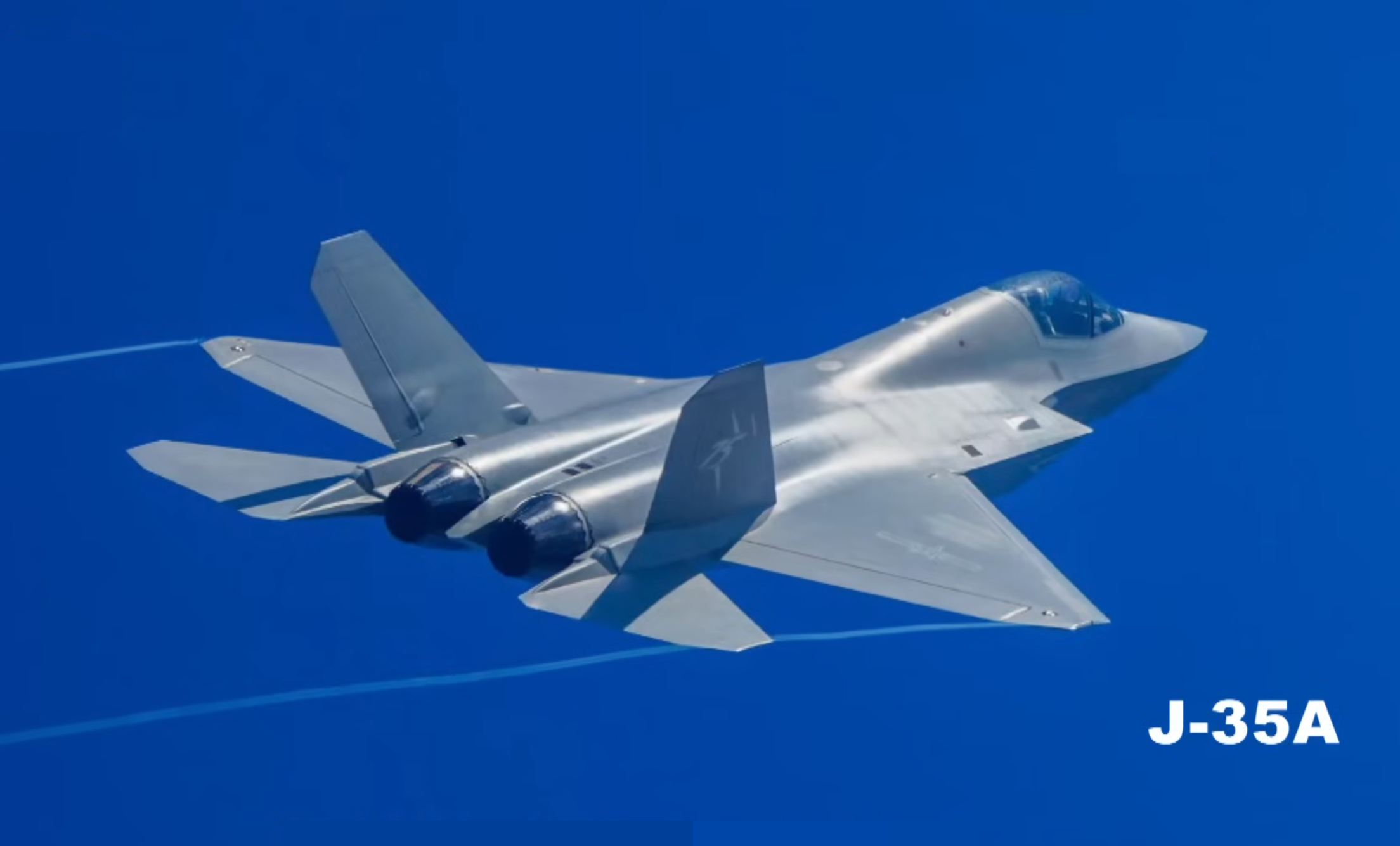There is Rush for Stealth Fighters, Don’t Get Left Behind

By Rohit Srivastava
On May 15, US president Donald Trump announced developing a super fighter jet F-55, a super upgrade to F-35, while addressing a business meeting in Doha. He also spoke on an upgrade to F-22, the best 5th generation fighter aircraft in US fleet.
“We’re going to do an F-55 and – I think, if we get the right price, we have to get the right price – that’ll be two engines and a super upgrade on the F-35, and then we’re going to do the F-22,” president Trump said.
US defence major Boeing is already developing a Next Generation Air Dominance (NGAD) F-47, a 6th gen stealth fighter to replace Lockheed Martin F-22. In March, Boeing was awarded the NGAD competition against Lockheed Martin, developer of F-117 bomber, F-22 and F-35 fighters. The American B-2 Spirit and B-21 Raider stealth bomber are developed by Northrop and Grumman. Boeing has been losing the 5th gen aircraft competitions.
Similarly, China has J-20 and J-35 A, Russia has Su-57 and underdevelopment Checkmate, South Korea KF-21 and Türkiye’s KAAN.
Although what appears to be a natural progression towards 5th generation stealth fighters in the world, what is equally important to note that the Unmanned Aerial Systems (UAS), both armed and unarmed have proven to be far more precise, cost effective and significantly easy to mass produce.
For nations with relatively smaller airspace to defend can replace their 3rd gen and 4th gen fighters with combat drones and can enhance their air strike capability. A case in point is how Iran and Houthis have successfully used UAS against adversaries and inflicted damages.
Why develop a financially and technologically challenging aircraft when one can employ UAS for the same operational requirements? The answer lies in maintaining the edge in the air warfare.
The stealth jets were developed to have operational edge in air-to-ground and air-to-air operations. When the stealth jets were conceptualized, long-range air defence and layered air defence were still far from reality. As we have seen in the Ukraine, long-range surface-to-air missile systems, especially, S-400 and S-500 have made fighter jets unviable for ground-attack role. More often than not, the Ukrainian jets are launching ground-attack ordnances from within the Ukrainian airspace. In last two months, Russian air defence have shot down three F-16s. The latest F-16 was shot down yesterday. Russian R-37M, 400 km range air-to-air missile, along with S-400 system, has made it impossible for Ukrainian jets to breach Russian air space.
The world witnessed similar action during the four days of Indian and Pakistan high intensity conflict (May 7-11). Indian S-400 ensured Indian air space remains unbreeched by Pakistan Air Force fighters. During the conflict, India shot down several Pakistani jets, including two of the Chinese JF-17.

Stealth is the way out
Since 4th generation fighters are becoming a liability in aerial combat. It is risky to employ them for precision ground attack, aerial reconnaissance and air interdiction which is now a thing of past, the only job left for them is air dominance through the employment of long-range air-to-air missiles, a role for which advanced jets are as good as not so advanced ones. How does it matter whether 200 km range missile is launched from Tejas or Rafale? The missile will do its job.
For nations which can acquire stealth fighters from friendly nation or can develop a stealth fighter, it makes sense to employ them to maintain qualitative edge over their adversary. Drones have democratized the ability to deliver ordnance against any kind of adversary. In wars where drones would dominate the air-ground battle, stealth fighters may provide edge against the adversary.
Reportedly, realizing the inefficiency of Chinese radars and missiles and the superiority of the Indian air defence complex - comprised of Russian, Indian and Israeli air defence systems, Pakistan has initiated talks with China to expediate induction of 40 J-35A Chinese stealth fighters.
India must Get Su-57
During the Aero India’25, held in Bengaluru in February, Russia offered India their Su-57E, 5th generation fighter, designed by Sukhoi Design Bureau. India and Russia were supposed to co-develop this fighter in its nascent avatar of PAK FA /FGFA. This aircraft made its first flight in 2010. Russian Aerospace Force (VKS) inducted first Su-57 in 2019 and has plans for inducting 76 aircraft.
The Russian United Aircraft Corporation (UAC) in its offer had suggested that first aircraft can be delivered in one year after the signing of the contract and in next 5 years, complete localisation can be achieved.
Given the immediate possibility of Pakistan acquiring J-35A, it is important for India to maintain combat superiority against them. India’s under development stealth fighter, AMCA is still years away and with Russian offer of localization, akin to what we had for Su-30 mki, it makes perfect sense to go ahead with the Russian offer.
India may make a condition that along with Su-57, both partners should co-develop 6th generation systems.
India must go for four or five squadrons of Su-57 as soon as possible. With the kind of thrashing Pakistan has received last week, it must be baying for revenge and Chinese J-35A would provide the much-needed punch. This procurement must be thoroughly thought through and executed in the least possible time.




